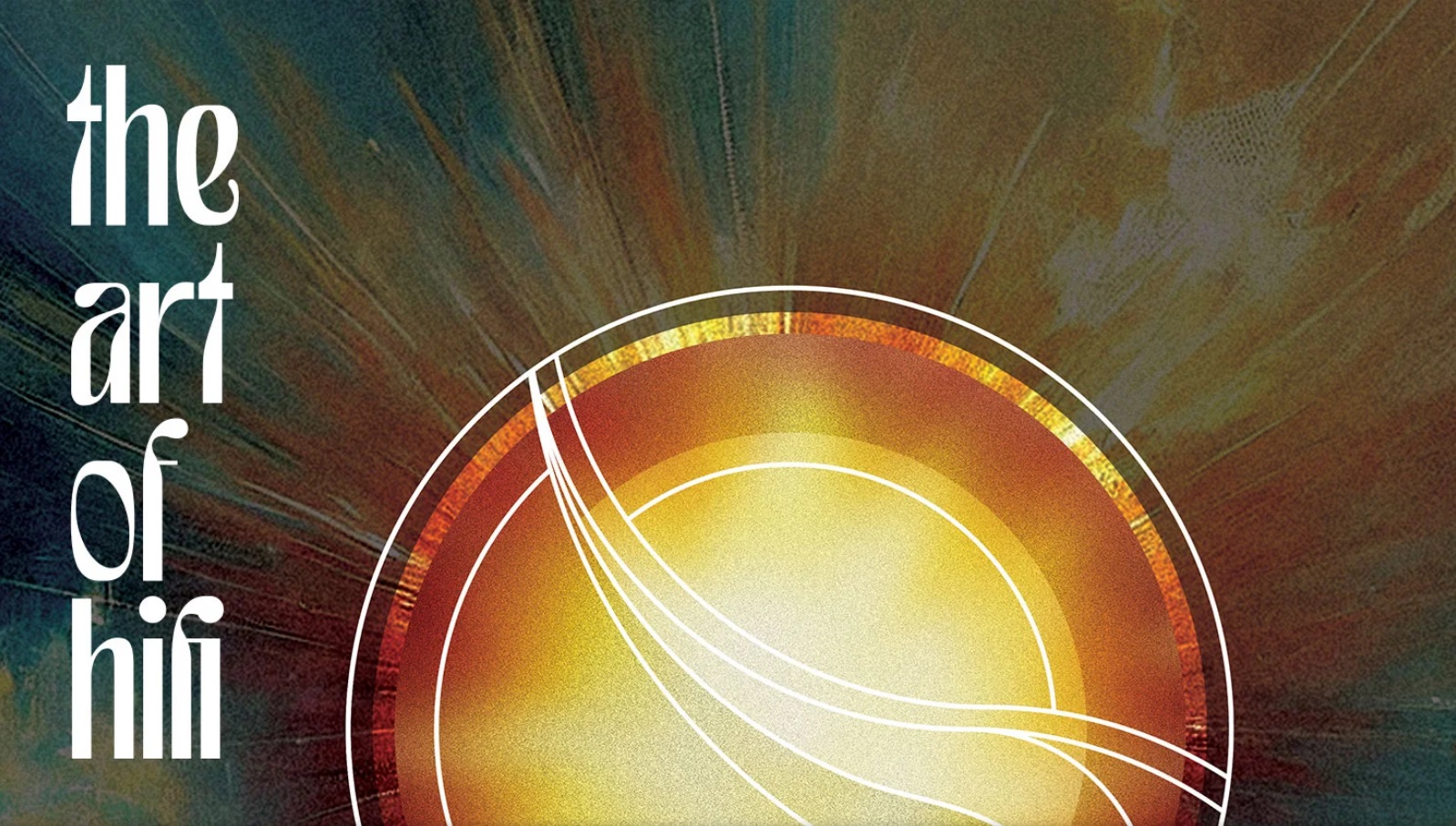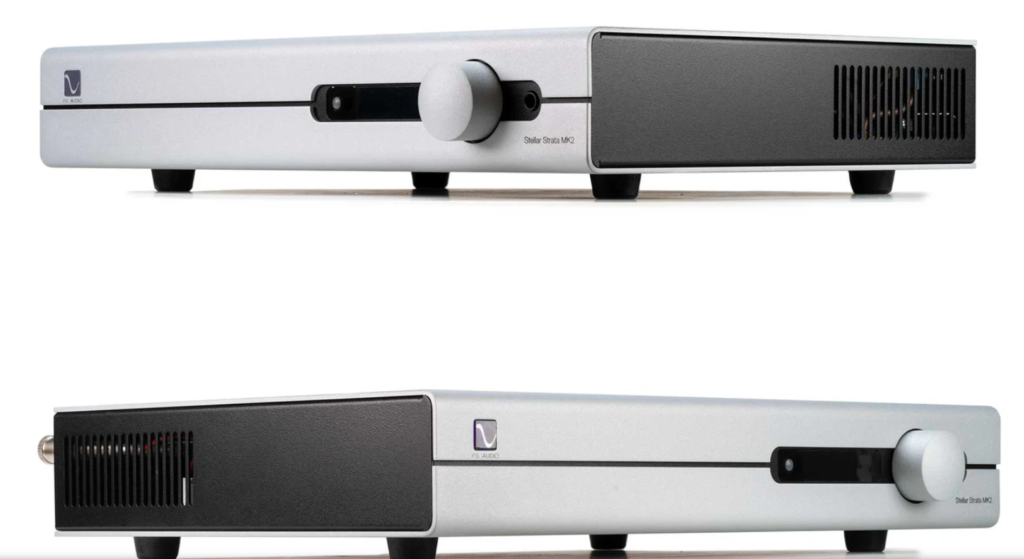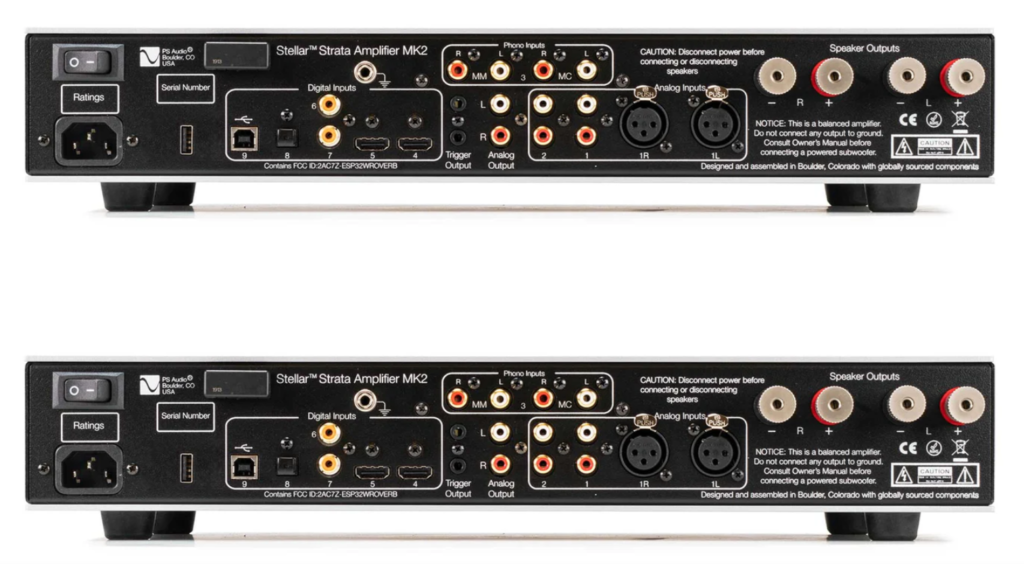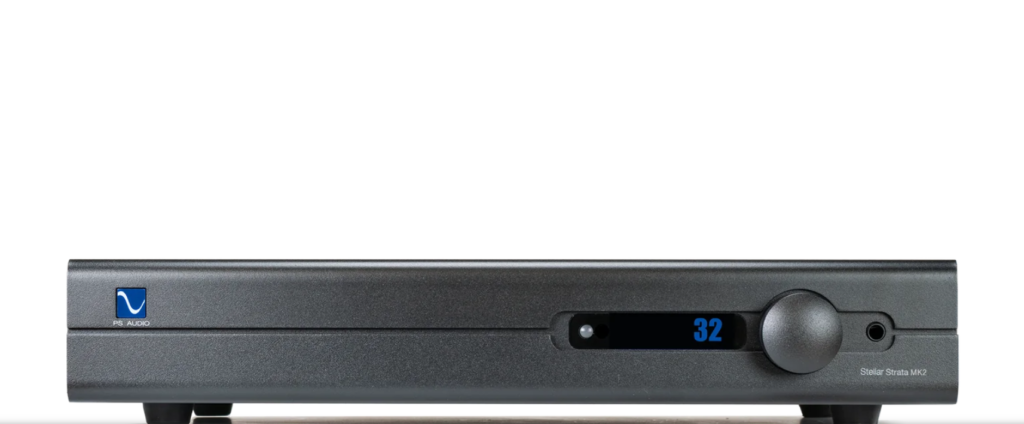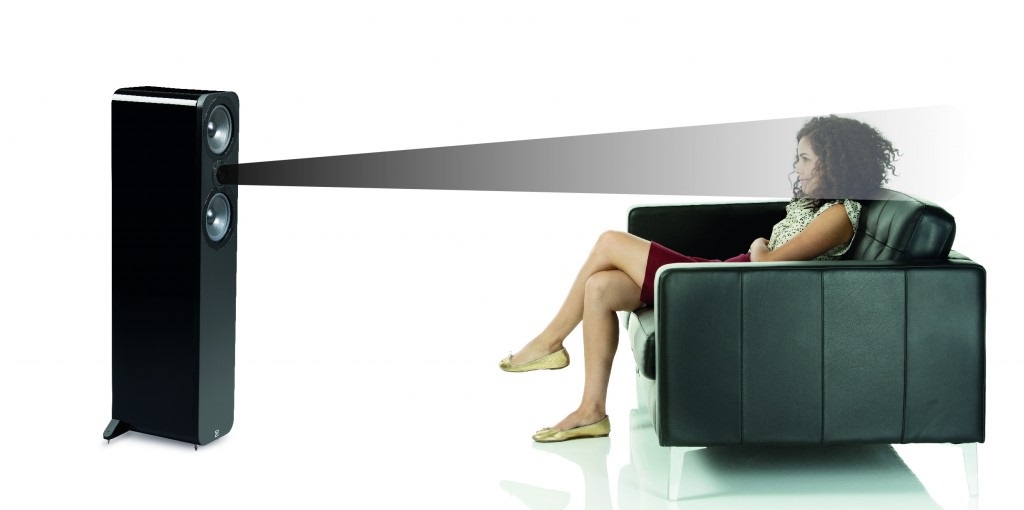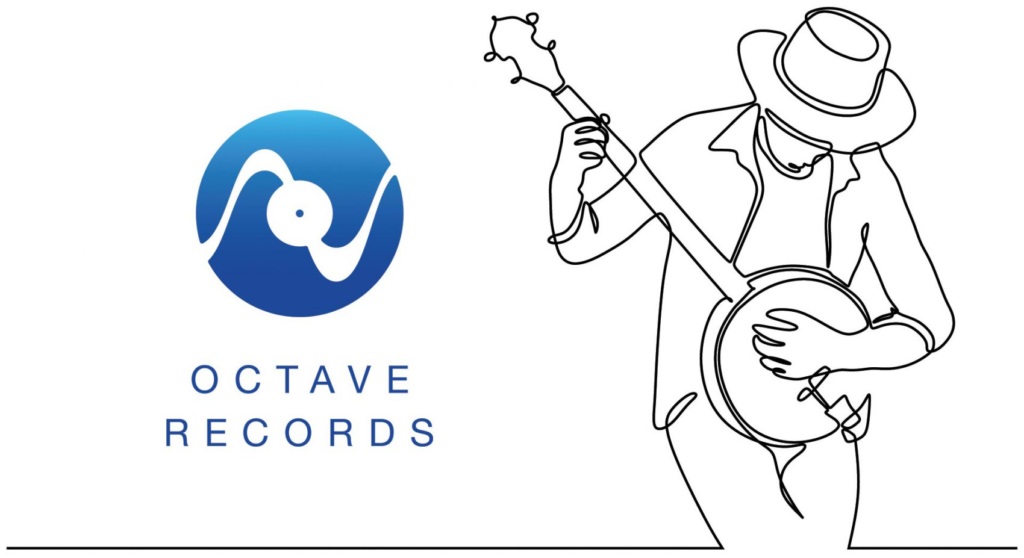| Boulder, Colorado, March, 2025 – PS Audio announces the release of The Audiophile’s Guide, a comprehensive 10-volume series on every aspect of audio system setup, equipment selection, analog and digital technology, speaker placement, room acoustics, and other topics related to getting the most musical enjoyment from an audio system. Written by PS Audio CEO Paul McGowan, it’s the most complete body of high-end audio knowledge available anywhere. The Audiophile’s Guide hardcover book series is filled with clear, practical wisdom and real-life examples that guide readers into getting the most from their audio systems, regardless of cost or complexity. The book includes how-to tips, step-by-step instructions, and real-world stories and examples including actual listening rooms and systems. Paul McGowan noted, “think of it as sitting down with a knowledgeable friend who’s sharing hard-won wisdom about how to make music come alive in your home.” The 10 books in the series include: The Stereo – learn the essential techniques that transform good systems into great ones, including speaker placement, system matching, developing critical listening skills, and more. The Loudspeaker – even the world’s finest loudspeakers will not perform to their potential without proper setup. Master the techniques that help speakers disappear, leaving the music to float in three-dimensional space. Analog Audio – navigate the world of turntables, phono cartridges, preamps and power amplifiers, and vacuum tubes, and find out about how analog sound continues to offer an extraordinary listening experience. Digital Audio – from sampling an audio signal to reconstructing it in high-resolution sound, this volume explains and demystifies the digital audio signal path and the various technologies involved in achieving ultimate digital sound quality. Vinyl – discover the secrets behind achieving the full potential of analog playback in this volume that covers every aspect of turntable setup, cartridge alignment, and phono stage optimization. The Listening Room – the space in which we listen is a critical yet often overlooked aspect of musical enjoyment. This volume tells how to transform even challenging spaces into ideal listening environments. The Subwoofer – explore the world of deep bass reproduction, its impact on music and movies, and how to achieve the best low-frequency performance in any listening room. Headphones – learn about dynamic, planar magnetic, electrostatic, closed-back and open-air models and more, and how headphones can create an intimate connection to your favorite music. Home Theater – enjoy movies and TV with the thrilling, immersive sound that a great multichannel audio setup can deliver. The book explains how to bring the cinema experience home. The Collection – this volume distills the knowledge of the above books into everything learned from more than 50 years of Paul McGowan’s experience in audio. Like the other volumes in the series, it’s written in an accessible style yet filled with technical depth, to provide the ultimate roadmap to audio excellence and musical magic. Volumes one through nine of The Audiophile’s Guide are available for a suggested retail price of $39.99 usd , with Volume 10, The Collection, offered at $49.99 usd. In addition, The Audiophile’s Guide Limited Run Collectors’ Edition is available as a deluxe series with case binding, with the books presented in a custom-made slipcase. Each Collectors’ Edition set is available at $499.00 usd with complimentary worldwide shipping. |
About PS Audio Celebrating 50 years of bringing music to life, PS Audio has earned a worldwide reputation for excellence in manufacturing innovative, high-value, leading-edge audio products. Located in Boulder, Colorado at the foothills of the Rocky Mountains, PS Audio’s staff of talented designers, engineers, production and support people build each product to deliver extraordinary performance and musical satisfaction. The company’s wide range of award-winning products include the all-in-one Sprout100 integrated amplifier, audio components, power regenerators and power conditioners. www.psaudio.com |
For the Silo, Frank Doris.


